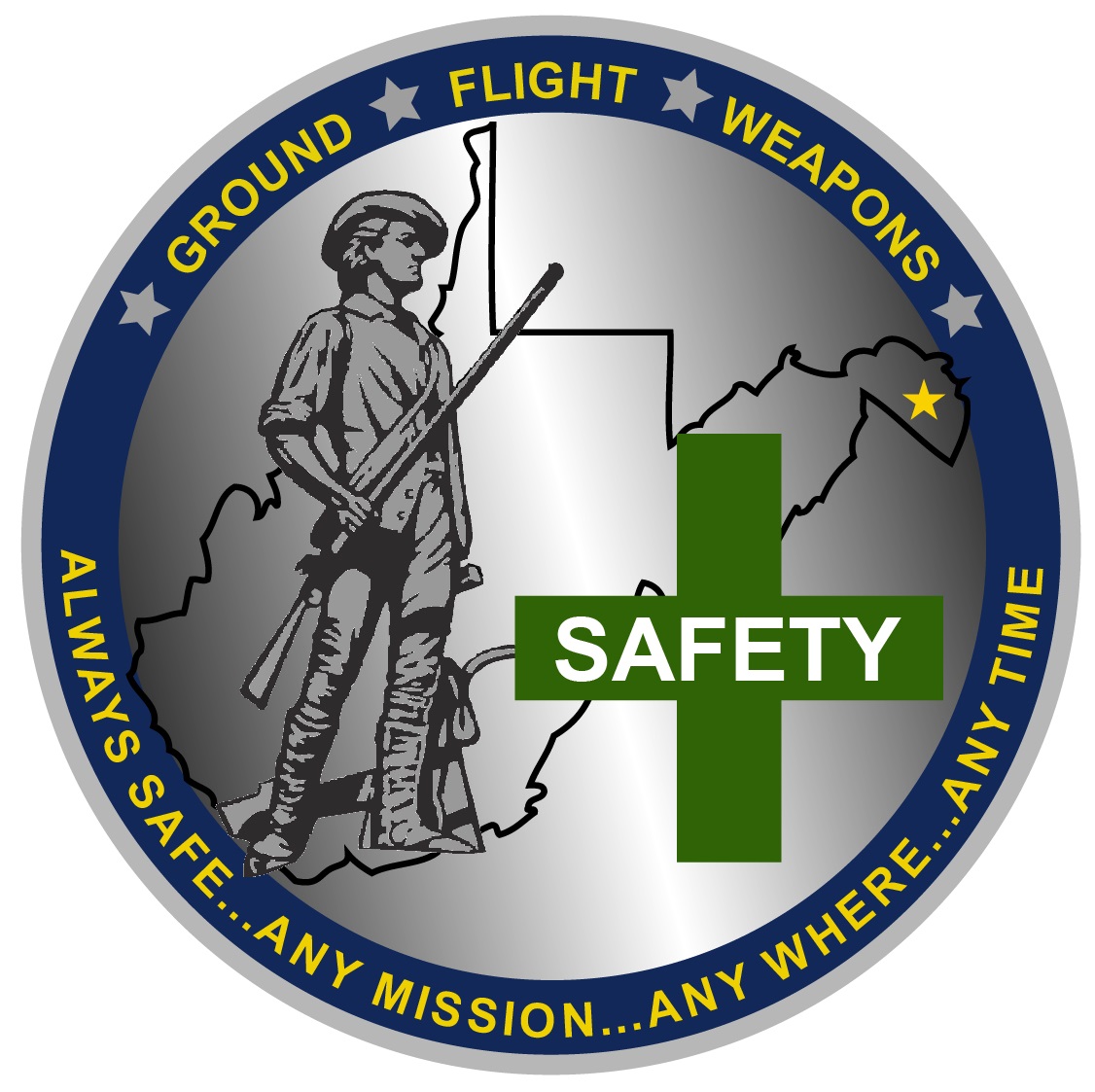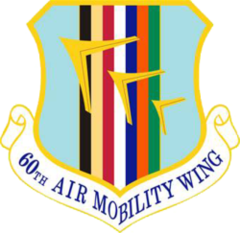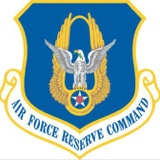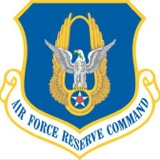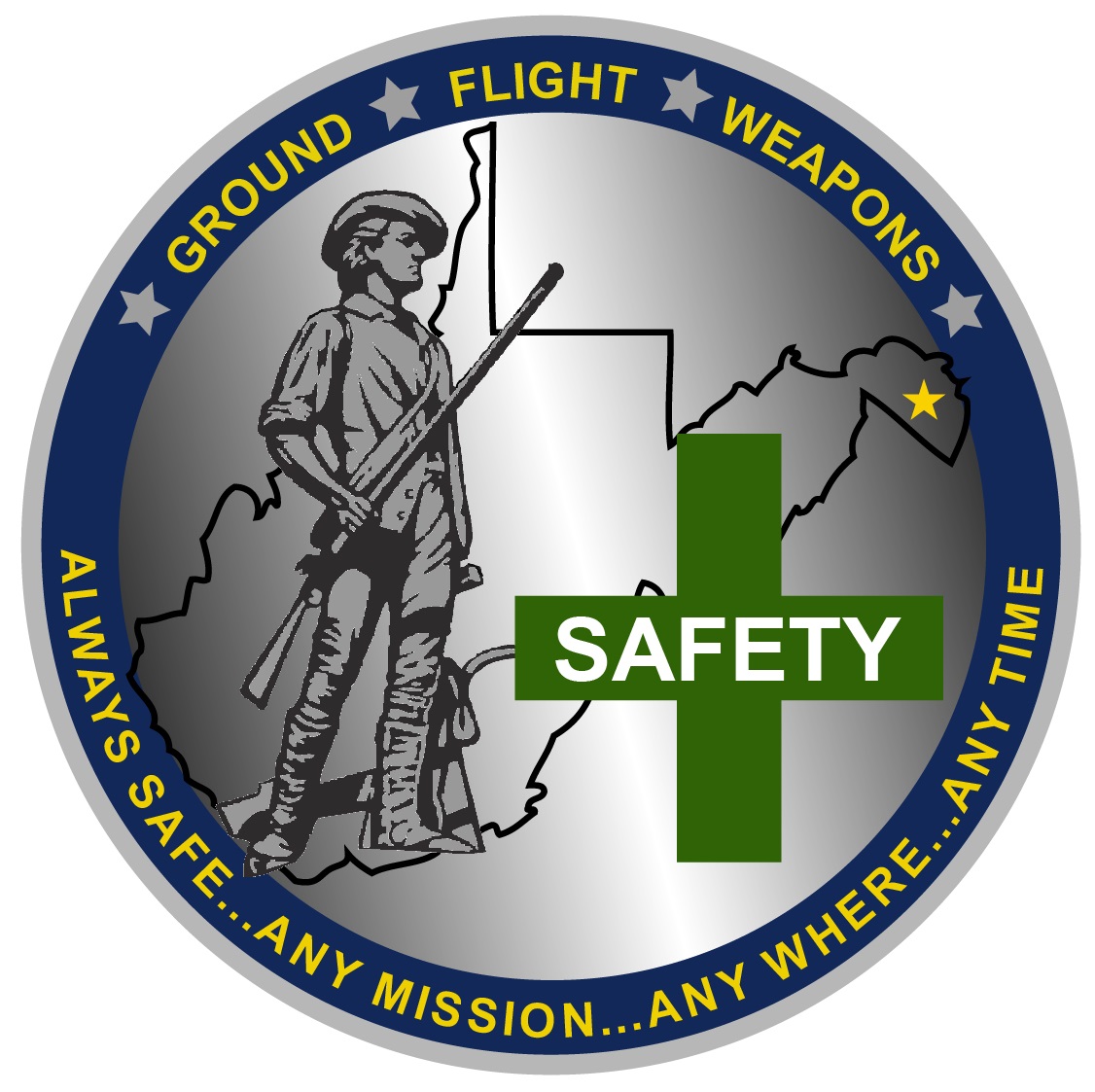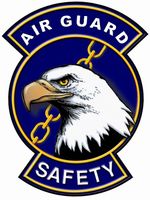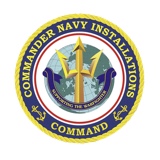Information
-
Audit Title
-
Squadron
-
Conducted on
-
Inspector
-
Location
-
Supervisor
Explosive Operations Inspection
-
Does unit ensure explosives with mixed compatibility groups are stored properly? AFMAN 91-201 para. 7.46, Table 7.1.
-
Are waste materials placed in separate, approved, properly marked containers? AFMAN 91-201 para. 7.7.1.
-
-
Are containers placed outside facilities? (except for containers required at work locations during operations) AFMAN 91-201 para. 7.7.1.3.
-
Are non-explosive waste material containers emptied as often as needed, but at least each workday or shift? AFMAN 91-201 para. 7.7.1.4.
-
Is a grounded, covered self-closing container for munitions residual available? AFMAN 91-201 para. 7.7.2.1.
-
Is explosive residue and waste materials containing explosives residue covered properly with water or oil? AFMAN 91-201 para. 7.7.2.2.
-
Is explosive residue removed at frequent intervals and before leaving at the end of the duty day or shift and placed in the disposal area or a segregated temporary collection point? AFMAN 91-201 para. 7.7.2.3.
-
Is smoking prohibited except in designated “Smoking Area”? (Are signs posted?) AFMAN 91-201 para. 7.8.1.
-
Is a “No Smoking except in Designated Area” or “No Smoking” sign posted at each entrance to an explosives storage area? AFMAN 91-201 para. 7.8.2.
-
Is smoking prohibited in, on, or within 50 feet of any conveyance or material handling equipment of loaded with explosive items? AFMAN 91-201 para. 7.8.5.
-
Are suitable self-closing or self-contained properly marked receptacles for extinguishing smoking materials provided (in a designated “Smoking Location”)? AFMAN 91-201 para. 7.8.4.3.
-
Is there a fire extinguisher available in the smoking area as determined by the Fire Chief? AFMAN 91-201 para. 7.8.4.2.
-
Are persons wearing clothing contaminated with flammables, explosives or other hazardous materials prohibited from entering smoking area? AFMAN 91-201 para. 7.8.4.5.
-
Are detonators, initiators, squibs, and other such electrically or mechanically initiated devices kept in protective containers, designed to prevent item-to-item contact, and marked to identify the contents? AFMAN 91-201 para. 7.9.3.
-
Is the use of bale hooks prohibited in the handling of explosives? AFMAN 91-201 para. 7.9.3.
-
Is the use of nails to secure covers or make repairs on explosives containers prohibited unless there is no hazard to the explosive item or danger of penetrating protective coverings? AFMAN 91-201 para. 7.9.4.
-
Has the installation fire protection agency developed pre-fire plans as required by AFI 32-2001, Fire Protection? AFMAN 91-201 para. 10.13.5.
-
Does the Emergency Communications Center (ECC) have an area map or computer generated display showing all AE locations and their fire and hazard symbols to include licensed locations? AFMAN 91-201 para. 10.13.6.
-
Are Fire Drills held within the explosive storage area at intervals not to exceed 6 months? AFMAN 91-201 para. 10.14.1.
-
Is there a 50 foot fire break around each PES (except earth covered magazines) where the environmental factors allow? AFMAN 91-201 para. 10.17.
-
Are flammable liquids for cleaning purposes within an explosive area or near explosives prohibited, except as authorized by TO? AFMAN 91-201 para. 10.19.
-
Are flammable materials stored in approved flammable storage cabinets? AFMAN 91-201 para. 10.20.1.
-
Are only small stocks of flammable materials, such as paints and solvents required to support explosive maintenance operations properly stored? AFMAN 91-201 para. 10.20.1.
-
Are fire department officials consulted prior to establishing flammable storage areas in or near explosives operating locations? AFMAN 91-201 para. 10.20.2.
-
When operating support equipment (not including vehicles powered by internal combustion engines in AE locations) is the equipment located at least 25 feet from AE? AFMAN 91-201 para. 10.21 & 10.21.1.
-
Does the Supervisor ensure that equipment is not refueled within 100 feet of AE? AFMAN 91-201 para. 10.21.4.
-
Unless otherwise directed by the base Fire Chief, are a minimum of two serviceable fire extinguishers, suitable for the hazards involved, available for immediate use at any location where AE is being handled (except as noted in AFMAN91-201 para 10.23.1-10.23.4)? AFMAN 91-201 para. 10.23.1-10.23.4.
-
Is at least one fire extinguisher available for each item of powered material handling equipment used to handle AE? (Individual fire extinguishers are not required for each piece of handling equipment during explosive operations if the requirements of paragraph 10.23 are met; however, if handling equipment is used to transport explosives where a second fire extinguisher is not immediately available, two portable 2A:10BC rated extinguishers are required for the handling of equipment. AFMAN 91-201 para. 10.23.3-10.23.3.2.
-
Are flight line fire extinguishers provided for each aircraft according to munitions loading manuals, AFI 91-203, and T.O. 00-25-172, Ground Servicing of Aircraft and Static Grounding/Bonding? AFMAN 91-201 para. 10.23.4.
-
Are firefighting symbols posted at each non-flight line sited explosives location and are they visible from all approach roads? AFMAN 91-201 para. 10.7.7.1.
-
Are the symbols removed or changed if the explosives or chemical agents are removed from the facility or location? Is the ECC notified each time the fire or hazard symbols are changed? AFMAN 91-201 para. 10.7.3 & 10.7.4.
Signatures
-
Report Routing
-
Supervisor Signature:
-
Notification
-
Superintendent Signature:
-
Notification
-
Commander Signature:
-
Notification
-
Safety Office Signature:
-
Notification
-
Wing Commander Signature:
-
Notification
